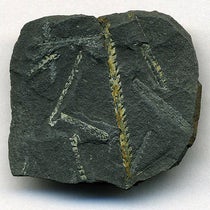Scientist of the Day - Vannoccio Biringuccio
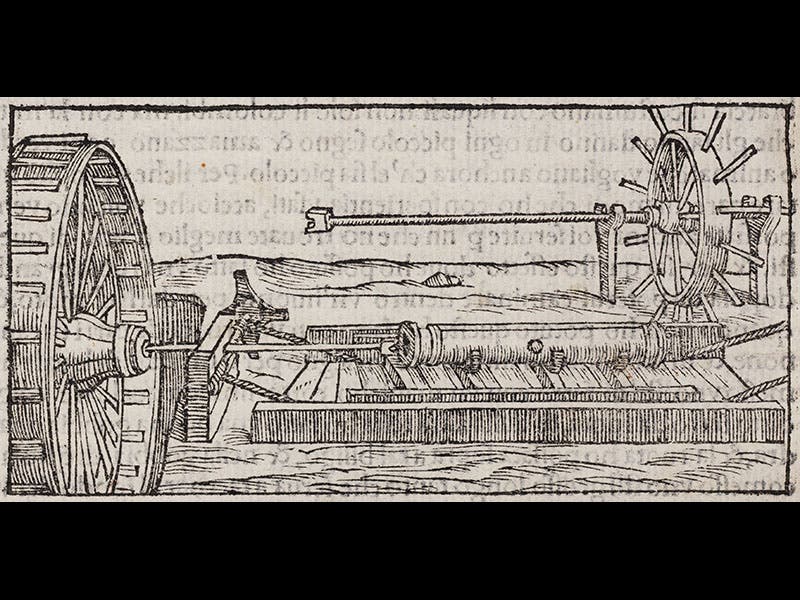
Linda Hall Library

Linda Hall Library
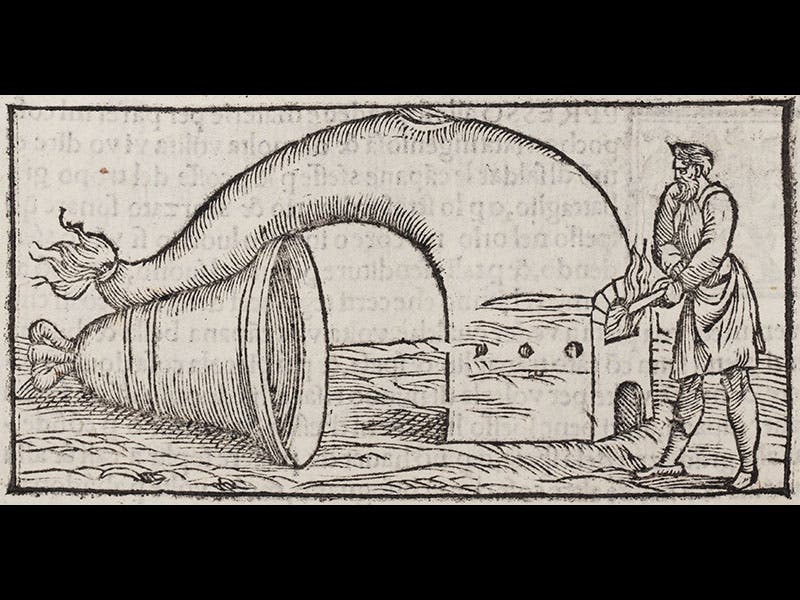
Linda Hall Library
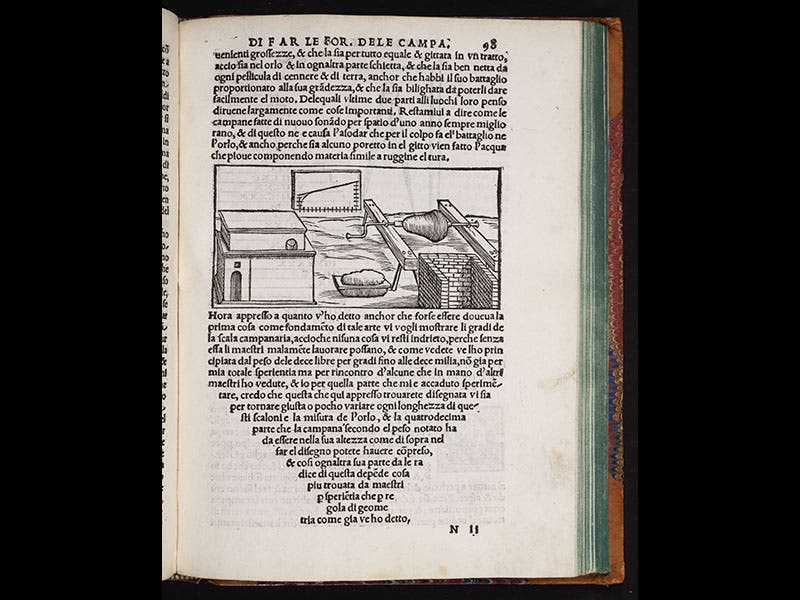
Linda Hall Library
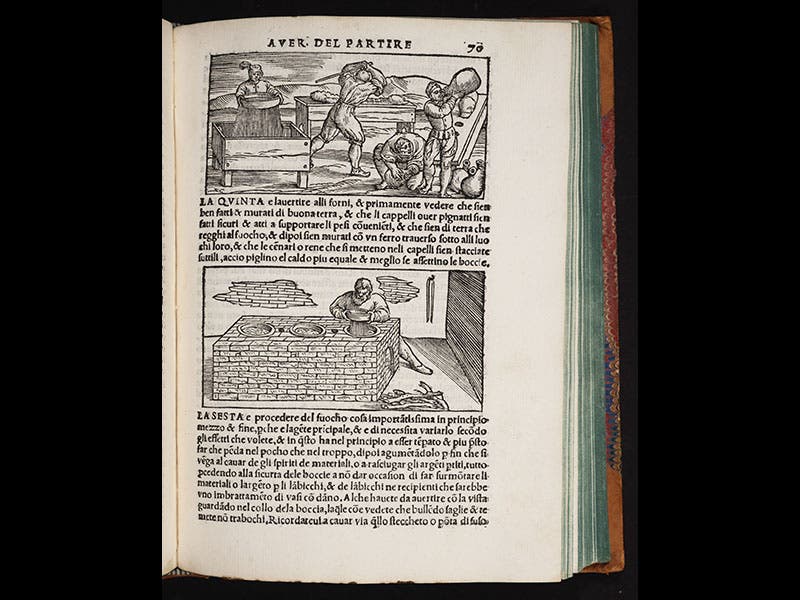
Linda Hall Library
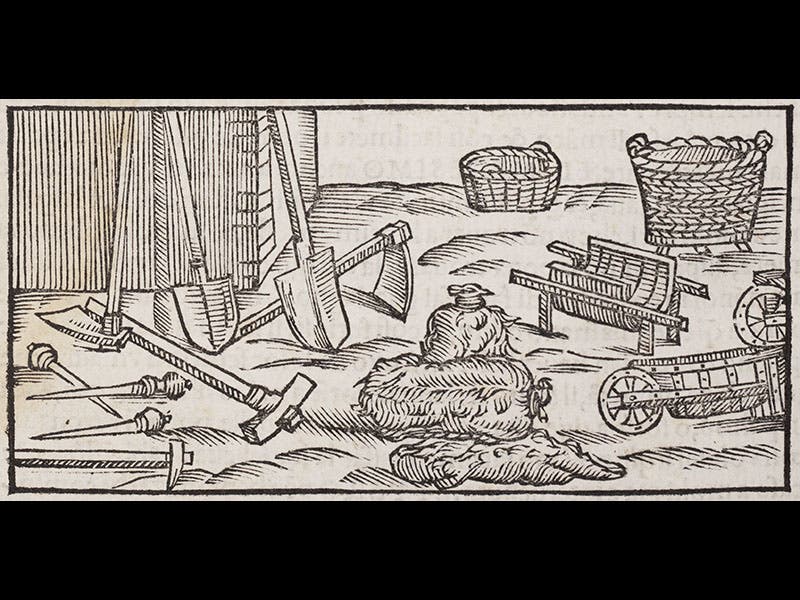
Linda Hall Library

Linda Hall Library
Vannoccio Biringuccio, an Italian metalworker, was baptized Oct. 20, 1480. Biringuccio was born in and a life-long citizen of Siena, although, consistent with the tumultuous politics of most Renaissance Italian cities, he was regularly expelled from the city along with his patrons and dispossessed of his property, only to be reinstated at the next shift of political fortune. Biringuccio is noted for a single book, De la Pirotechnia, which was published in 1540, just after his death. The book is about the science of metallurgy, discussing the processes by which ores are enticed to give up their metals, and the techniques by which metals can be cast and alloyed to produce objects of utility and art. What is interesting about the book is that it had virtually no precedent. Although ores had been smelted to produce metals for thousands of years, no one wrote down the techniques and recipes, because metalworking was a secret art and not something to be revealed to the general public.
Biringuccio took quite a different position on secrecy: he believed knowledge should be shared, and that the more people knew, the sooner they would make improvements in practices. This is something Francis Bacon would argue in his Advancement of Learning, but that would be in 1605, and Biringuccio was writing in 1530. He had nothing but scorn for alchemists, who kept their knowledge hidden and believed that proper metal-working required all sorts of esoteric factors, such as proper planetary alignments and the tuning of the inner soul of the practitioner. Nonsense, said Biringuccio; to extract tin from its ore, you need technique and skill, and the position of Jupiter (the planet of tin) and the mental state of the metallurgist is quite irrelevant. Biringuccio's book proved quite popular, being often reprinted in its original Italian, and translated as well into French, Latin, and German.
We have 5 early editions of De la Pirotechnia in the History of Science Collection, including the first edition of 1540. Our copy was once in the mining engineering library of Herbert Hoover at Claremont College, but as Hoover had collected two copies, this one was deemed a duplicate and shelved separately. When we spotted the duplicate on a visit to Claremont in 1984, we made an offer to acquire it (and 18 other duplicates), and our offer was accepted. So we have 19 volumes once owned by Hoover in our History of Science Collection, including De la Pirotechnia.
The woodcuts above, all from our copy of the 1540 edition, depict, in order: a waterwheel set up to bore cannon; various bellows for use in a foundry; a furnace for welding a cracked bell; a bell foundry; apparatus for parting with aqua fortis (nitric acid); the tools of the mining trade; and the woodcut title page.
Dr. William B. Ashworth, Jr., Consultant for the History of Science, Linda Hall Library and Associate Professor, Department of History, University of Missouri-Kansas City. Comments or corrections are welcome; please direct to ashworthw@umkc.edu.


